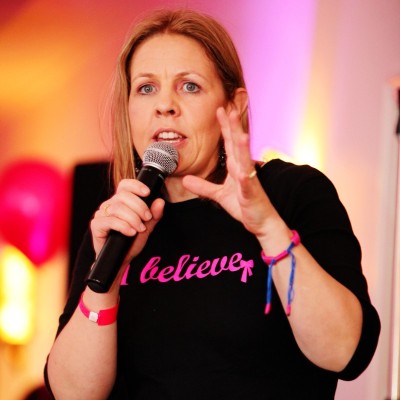strategy-risk
Unlocking the Power of Strategic Thinking and Planning
Published: November 11, 2019
Read Time: 4 minutes

How do you think and plan strategically to address complex missions while balancing resource and workforce constraints? It’s an important question for the non-profit, philanthropy and social enterprise sector. Being strategic appears to be critical if organisations wish to be sustainable and improve employee and client outcomes, yet many non-profit leaders and staff frequently say that they can’t find the time to think or plan strategically.
Clever organisations are overcoming this problem by instilling strategic thinking within their organisational culture. Achieving a workplace culture where this type of thinking is valued and practised requires leaders throughout the organisation to role model and encourage team members to develop skills in creativity, problem-solving, teamwork, and sense-making. Listening skills and reflective practice are also critical skills that need to be developed, so that everyone is able to optimise and improve how they go about their work and improve their effectiveness.
Research suggests that if leaders are able to focus on developing strategic thinking, there are huge benefits for the individual, team and organisation. It can improve a team’s performance, their ability to plan and evaluate activities and practices. It promotes openness to change and helps people to see problems as opportunities. It can lead to social innovation and improved social impact.
An example of an organisation that has demonstrated the power of building strategic thinking within the workforce is Buurtzorg, a highly successful home care organisation. Founded in the Netherlands, they have made headlines around the world for their innovative use of independent nurse teams in delivering high-quality care with relatively low costs. By developing a model of care that promotes strategic thinking and care, Buurtzorg states they have accomplished a 50% reduction in hours of care, improved quality of care and staff satisfaction.
Another example is The Leukaemia Foundation, who deliberately told staff a number of years ago to build in a proportion of their annual fundraising budget to ‘try something new’. Some ideas did not work as well as expected, but by developing their strategic thinking the fundraising team began to be creative and innovative. Eventually, they planned and trialled the World’s Greatest Shave idea. While many organisations would not have invested resources and time into such a risky new idea, the organisation worked together and now more than two million Aussies have taken part over the past two decades.
What can we learn from these great case examples?
- Purposefully develop your team’s strategic thinking skills by giving people time to reflect, share knowledge and ideas, be creative and take risks.
- Reward people who develop ideas to improve efficiency and performance. But also, equally appreciate people who share what they learn when things don’t go to plan.
- Foster a culture that sees problems as opportunities, give people tools and approaches to problem-solving so they feel empowered and confident when faced with complex challenges.
- Encourage your Board and staff to be curious. Give them time to join Communities of Practice, conduct research and share client feedback so the team can learn from critical information sources. No matter how busy they are, instil a discipline of making time for personal and team reflection.
It’s worth remembering that strategic thinking has a far and wide-reaching effect, particularly on the organisational culture and employee engagement. When staff have the professional freedom to be curious, reflect and take risks, it not only makes them more effective leaders and individuals, it gives the organisation the best chance of achieving long-term success and social impact.
Recommended reading
Hansen-Turton, T., Torres, N., Drew, S., & O’Connor, M. (2014). Social innovation and impact in nonprofit leadership. New York, New York: Springer Publishing Company.
Moon, B. (2013). Antecedents and outcomes of strategic thinking. Journal of Business Research, 66(10), 1698–1708.
Nicholson, G., Newton, C., Mcgregor‐Lowndes, M., & Renz, D. (2012). The nonprofit board as a team: Pilot results and initial insights. Nonprofit Management and Leadership, 22(4), 461–481.
Olson, A., & Simerson, B. (2015). Leading with strategic thinking : four ways effective leaders gain insight, drive change, and get results. Hoboken: Wiley.
Turner, N. (2018). Yes, You Can Innovate (1st edition). Pearson Business.
Share this Article
Recommended Reading
Recommended Viewing
Author
-
Postdoctoral Researcher
Australian Centre of Philanthropy and Nonprofit Studies at QUT
- About
-
Following a 25 year career in health and community services, Dr Ruth Knight now works with the Australian Centre of Philanthropy and Nonprofit Studies at QUT as a lecturer and researcher specialising in the fields of managing social sector organisations and social enterprise.
She has been researching and teaching about leadership and recently published a Discussion Paper that provides an overview of the theory and practical implications of Systems Leadership for philanthropic and nonprofit organisations.
Found this article useful or informative?
Join 5,000+ not-for-profit & for-purpose directors receiving the latest insights on governance and leadership.
Receive a free e-book on improving your board decisions when you subscribe.
Unsubscribe anytime. We care about your privacy - read our Privacy Policy .










